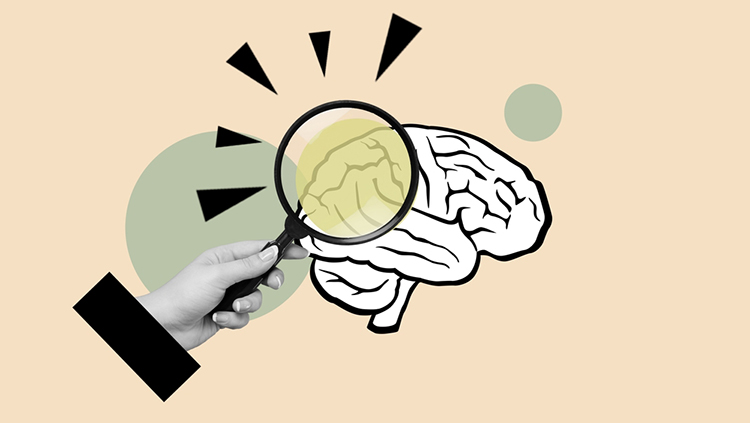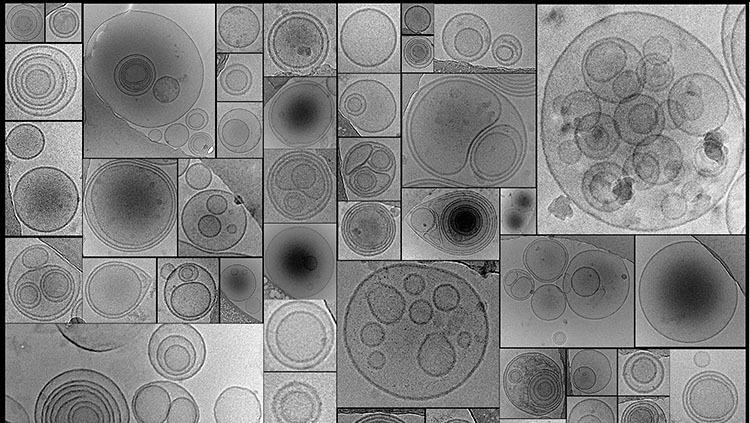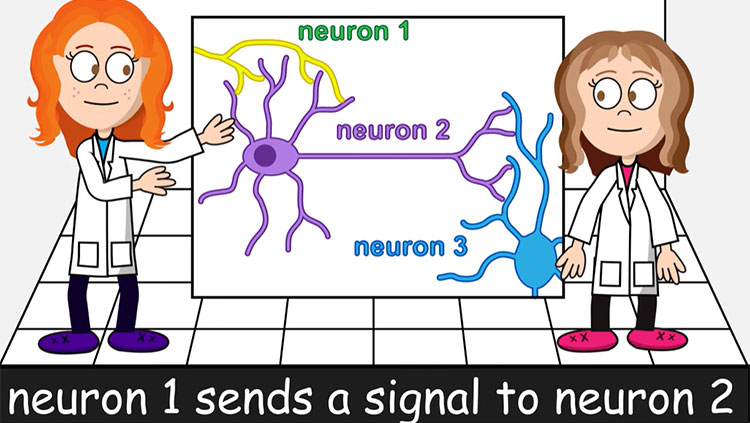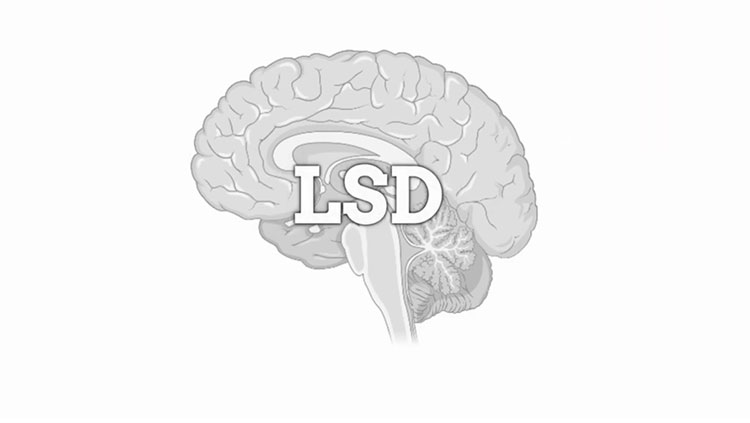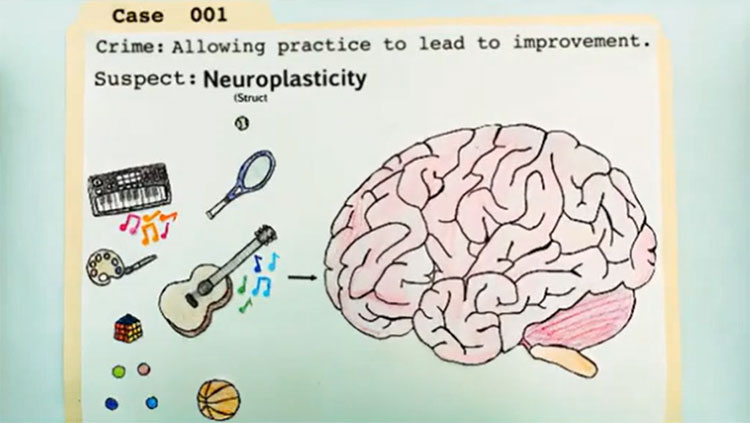Sending the Right Signals
- Published21 Aug 2017
- Reviewed21 Aug 2017
- Author Charlie Wood
- Source BrainFacts/SfN
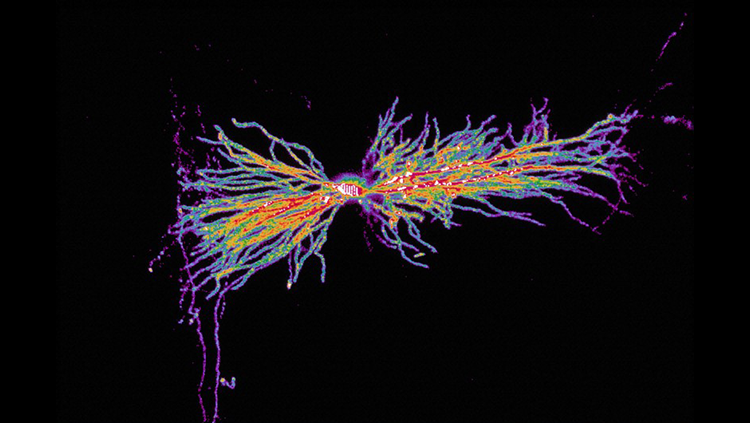
Found mainly in the brain and spinal cord, interneurons connect one neuron with another to pass signals, around the nervous system. When you instinctively yank your hand away from a hot stove, it’s thanks to a series of interneurons that pass along pain signals from nerve endings in your skin to motor neurons controlling the muscles in your hand. The quick work of these networkers can keep you from getting a deeper burn.
Interneurons also play a role stabilizing other neurons, keeping them from getting overexcited. For example, researchers have found that fear in mice caused by scary sounds corresponds with lowered activity in what are known as parvalbumin interneurons. This suggests that, when the mouse isn’t frightened, that peace of mind is thanks in part to the calming effect of these interneurons.
CONTENT PROVIDED BY
BrainFacts/SfN
Also In Cells & Circuits
Trending
Popular articles on BrainFacts.org



